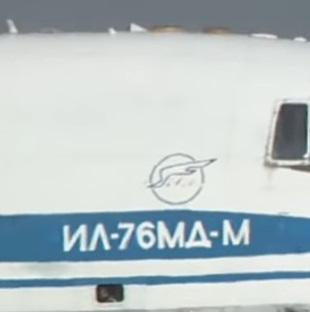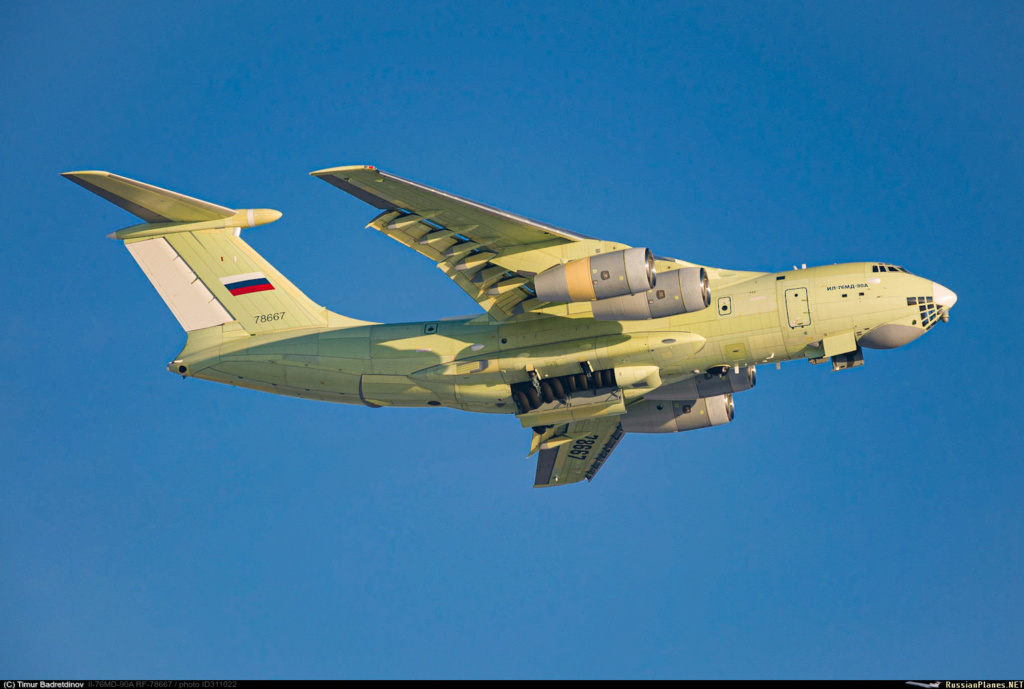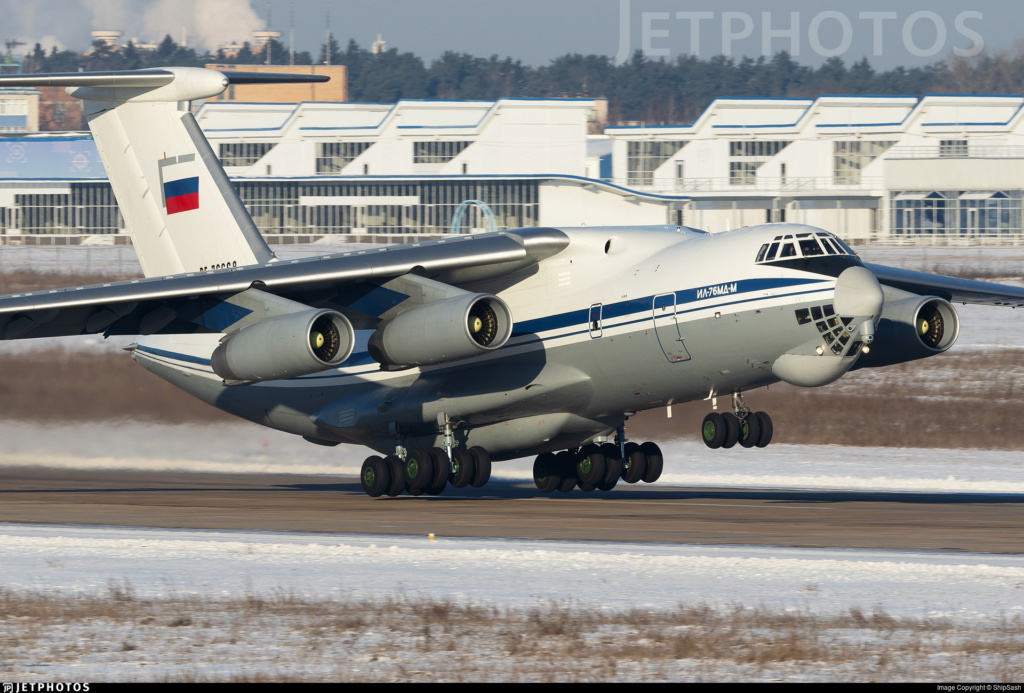The thing with the Il-112V engine is that they forced it so much that they made it highly unreliable.
The engine didn't fail as such, it caught fire and the fire spread to the wing where the fire extinguishers could not reach the flames so they continued to burn inside the wing.
The crash happened because the auto feather mechanism failed so the engine that was shut down became a massive airbrake... any small plane at low altitude at low speeds deploys an airbrake that size is going to crash... engine reliability does not come into the equation.
The engine basically melted itself in that fateful flight.
Well it rolled into the ground so one of the engines was working just fine, and it was on fire for some time.
The fact that they had problems on one prototype engine with a crash and not multiple crashes with different types suggests there was something wrong with the set up on that particular aircraft or the fault that caused the fire was exacerbated by the way it was fitted because the report mentioned it should have had six fire extinguishers per engine and the four that were installed were all directed at the engine and not into the wing where the fire spread to.
While proper fire extinguishing in the airplane might have saved the aircraft, assuming they could take it down safely with just a single engine powering it, that would have been far from guaranteed.
With the problem that caused the crash being the fire I would say the proper number of fire extinguishers and pointed in suitable directions is exactly the solution that would have saved the engine... the engine didn't stop working... it caught fire... and didn't autofeather.
For comparison the original TV7-117S engine had 2800hp max takeoff and the forced TV7-117ST-01 variant used in the Il-112V has 3100hp max takeoff with 3600hp emergency power.
They increase the power of engines all the time, this was a boosted power version, not a normal engine used beyond its capacity.
I agree that there is no good confirmation that the Il-276 project was actually cancelled. It might have been delayed, for example until PD-14M engine is available or after Il-112V entered service, but I see no reason for cancelling that program.
Cancelling it simply does not make sense because a replacement is actually needed now more than ever.
In our discussions Mir has pointed out lots of very successful aircraft designs that were enlarged or reduced sized versions of existing types that ended up giving excellent service, in fact you could argue that the Il-276 is a reduced size version of an enlarged version of the Il-76 called the Il-476.
But having two jet transports with the same cargo space dimensions except for length is a very good idea... anything that fits into an Il-276 will fit an Il-76 or Il-476 in terms of width and height.
I personally think the An-12 was widely used and very popular and a replacement type can be two aircraft with slightly different performance and dimensions.
The Il-276 makes sense because factories that make Il-476s could make both types and setting up extra factories would mean faster production of both types and you could vary production because the western alternatives to both types... C-17 and upgraded C-130s and A400Ms are fragile and very very expensive and having an Il-276 in the 20 ton payload capacity range... with the same engines as the Il-476 perhaps or maybe an increased power model that might carry 25 to 30 tons if you don't operate Il-476s or if engine commonality is not important, but having an Il-476 in the 60 ton payload capacity range with the same engines would be very useful to a lot of countries.
Here in New Zealand we have had the C-130 Hercules for many years and while it is reliable it is no pressurised so you fly through the weather and not over it and also it is a bit slow, but our real problem is that it is a theatre transport plane with a good payload or a long range transport plane with a much smaller load.
If we put a BMP in our C-130s it can barely make Australia, so we ship our BMPs normally.
If we had Il-76s instead we could fly directly to the Pacific Islands and Australia easily and not have to bunny hop from Island to Island using up their expensive precious fuel... on Pacific Islands everything needs to be flown or shipped so any fuel you need there is expensive unless you bring it yourself.
With C-130s we use up their fuel, with heavier longer ranged aircraft like an Il-76 we could use our own and deliver some for them as well.
An Il-276 will be smaller and lighter and cheaper to operate than an Il-76 and would have the weight capacity we would want, but I think the bigger aircraft would be more useful, especially on exercise with allies... our allies weren't impressed with our Skyhawk fighters, but having transport planes would actually be rather useful and popular... but obviously we can't afford US or European equivalents and would not be allowed Russian or Chinese stuff.
One of reasons why I do not like it, is that "on paper" it had already worse performances (range and max payload) of similar sized aircraft which have similar engines.
Basically it has at max payload (20tons) just slightly more than half (2000km Vs 3600 km) the range of the An-12 it should be replacing.
There is no reason why they couldn't give it more powerful engines and increase the weights to allow more fuel to be carried... all through the Il-76s life it got upgrades that increased MTOW which was almost always more fuel and more payload for more range.
The original Il-76 would have the equivalent of PD-12 engines, and the Il-476 has PD-14 engines... if you wanted more range and you didn't need commonality with the Il-476 you could go for PD-16s in the Il-276 and increase the weights... in fact if engine commonality was important you could put PD-16s in both aircraft.
Personally I think the Il-276 makes sense and should be developed and put into production, but with the Tu-204/214 going into serial production that the Tu-330 should be put into production too and I think its 35 ton capacity would be useful for some countries who want another Il-76 but want a slightly smaller aircraft that doesn't have the Il-476s performance.
I cannot understand why the original il-76 with four D-30 engines with12 tons takeoff thrust had 42 tons of payload, the Il-76MD-90A with 4 PD-90 engines rated at 14.5 tons takeoff has 60 tons of payload while the il-76 with two 15.6 tons takeoff thrust engines has only 20 tons of payload with limited range.
Maybe that was the requirement from the Russian military and so that is what they are aiming for... they could probably choose different engines if they wanted to.
By the way, the project started as il-214 to replace the Indian An-32, so maybe the performances are underwhelming for that reason.
Maybe that is where the specs were developed, but that does not seem right because the An-32 was a hot and high An-26 wasn't it?
Not really in the An-12 payload range.
I do not know if it has been delayed because of the lack of PD-14M, however the PS90 was available and if there was the urgency, for a military transport aircraft a slightly higher consumption would not be a show stopper.
Well they delayed the light 5th gen fighter while the problems and bugs were worked out of the Su-57 and it got into serial production.
Is it too far fetched to suspect that maybe they are waiting for engines and also the Il-476 to have all bugs sorted out and into serial production before they consider making a reduced size model for serial production too?
I think that would be reasonable.
Furthermore earlier Russia did not have a modern turboprop engine to replace the Ivchenko Ai-20 turboprop of the An-12, but now the PDV-4000 is in development and possibly it will be ready around the same time as the PD-14M or PD-16, so now a turboprop powered aircraft could be again in discussion, not to speak of an even more powerful turboprop derived from the PD-8 (there is already an helicopter turboshaft engine that is being derived from that, to replace the 8500kW (11400 hp) Progress D-136 engine of the Mi-26).
Another good point... engines are critical to good transport planes and getting the right engine is important... do they want a turboprop, or is that for something else.
They will have lots of new engines starting production over the next few years... it is going to be interesting to see what they revive.
Furthermore, if Russia had to choose only one between the il-276 and the Tu-330, i would much prefer to bet on the Tu-330 and possibly develop a new turboprop transport aircraft to cover the niche between the 5 tons payload An-26 replacement (il-112 or whatever) and the 35 tons payload Tu-330.
For the prices they can probably make them for I would say why not make both... I think both would be useful aircraft.
There was no export market for the C-141M because it was not a great plane. The Il-76 was a great plane and widely used, but it is old now and its replacement has been so long in coming that the US has slipped in some C-17s that corruption has been paying for... in fair open market conditions the C-17 would not sell... it is ridiculously expensive for what it is, but US allies have to buy it...
Getting transports into production will be good for Russia but also for the rest of the world too.
An added sales pitch for the Il-476 would be to licence produce them, but many countries don't need enormous numbers of such big planes, but the idea they could also produce An-12 sized versions in the same factory would be rather appealing I would think.... you could start production 60:40 in favour of the smaller aircraft and as your smaller fleet fills out you can shift to building more larger aircraft or all small aircraft depending on your needs and you can support them in operation and replace any losses and perhaps even make some aircraft for neighbours that want local support and no strings attached aircraft.











